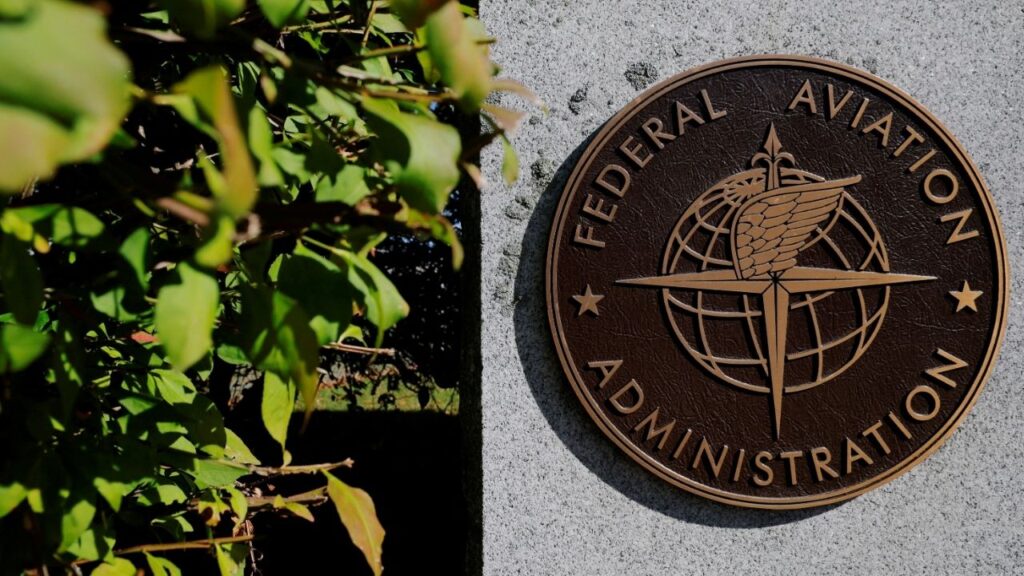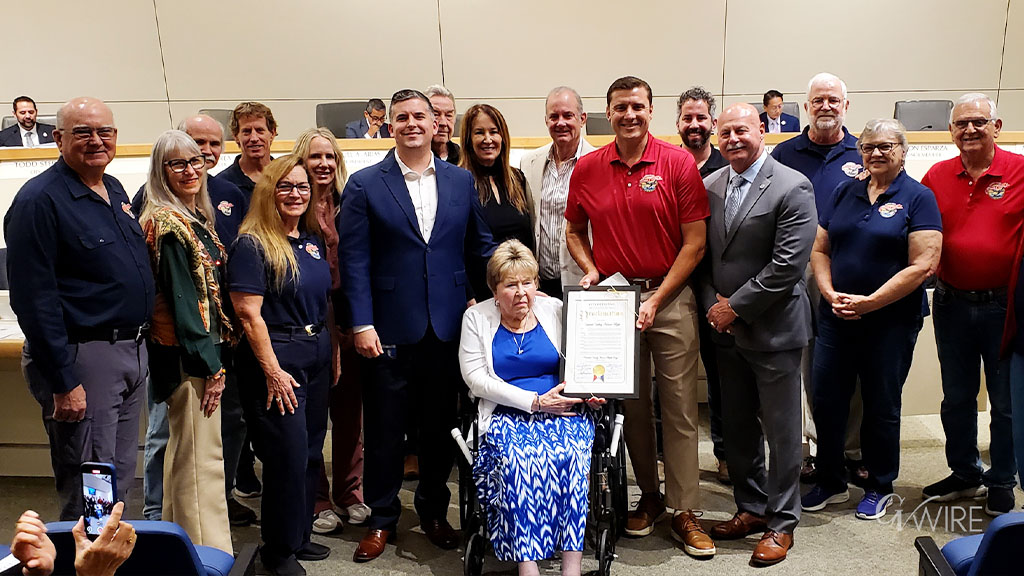A California bill requiring restaurants to identify major food allergens on menus has passed the Senate and could transform dining for millions with life-threatening allergies. (CalMatters/Miguel Gutierrez Jr.)

- For the 4 million Californians with food allergies, a new bill would require restaurants to identify major allergens on menus.
- Senator Menjivar, who has been hospitalized three times from restaurant allergen exposure, is championing the legislation.
- The bill would require labeling of nine major allergens, potentially creating safer dining experiences for allergy sufferers.
Share
This story was originally published by CalMatters. Sign up for their newsletters.
If Kim Nickols eats dairy, peanuts or wheat, her blood pressure drops and she loses consciousness.
When Amy Lewis touches shellfish, hives erupt on her body and her throat swells.
And if Addie Lao consumes even small amounts of dairy, nuts or sesame, she vomits for hours.
Suffering severe, life-threatening food allergies, all three avoid eating in restaurants because the risk of exposure to an allergen is too great.
In an effort to help the estimated 4 million Californians who suffer food allergies, state legislators are now considering a bill that would require restaurants to identify allergens on their menu. The legislation made it through the state Senate with a 32-0 vote and now is under consideration by the Assembly.
The Need for Allergen Labeling
Introduced by Sen. Caroline Menjivar, the measure would require restaurants to notify customers when a menu item contains any of the nine federally defined major allergens: milk, eggs, fish, shellfish, tree nuts, peanuts, wheat, soybeans and sesame. Restaurants would place labels directly on printed menus, use digital menus with labels or provide a separate allergen information menu. Food trucks and carts are exempt.
Federal law already requires packaged food to include labels for the nine allergens, which are responsible for 90% of food reactions, according to the U.S. Food and Drug Administration.
Menjivar, a Democrat from Van Nuys, personally knows the danger of food allergies. Allergic to nuts and most fruit, she has been hospitalized three times from accidental ingestion at a restaurant of one of these allergens, she said during a recent committee hearing. In one instance, Menjivar said she ordered horchata at a restaurant without knowing that the establishment had swapped the traditional rice milk base with almond milk.
“That sent me to the E.R. on New Year’s Eve,” Menjivar said. “This lack of disclosure is very life-threatening.”
Allergic reactions to food occur when the body mistakenly identifies the food as harmful and unleashes a reactionary storm of histamines and other chemicals, according to the National Institute of Allergy and Infectious Disease. Within minutes to hours, this reaction can cause itching in the throat and mouth, hives, vomiting, constriction of the airway, heart palpitations and loss of consciousness. Without prompt medical attention, people can die.
Industry Concerns and Support
The California Restaurant Association opposes the measure. In an early letter sent jointly with the Food Allergy Research & Education group, or FARE, the restaurant industry group said menu labeling would create a false sense of security for customers with allergies without changing how restaurants actually operate.
Matthew Sutton, a senior vice president with the restaurant association, testified during a recent hearing that training, rather than labeling, would be more effective. One of the issues is frequent ingredient swaps caused by a restaurant’s supply chain changes, Sutton said.
FARE, which is the largest non-profit allergy research and advocacy organization in the U.S., recently withdrew its opposition, according to Menjivar’s office, citing changes to the bill that give restaurants more flexibility to notify customers of allergens. Chief executive Sung Poblete said the organization has always supported the intent of the measure, but was concerned about implementation.
“We believe that Sen. Menjivar is moving in the right direction to empower the food allergy community with the information we need while creating the flexibility in labeling requirements,” Poblete said.
Labeling of restaurant food remains a critical gap for consumer safety, said Dr. Travis Miller, an allergist and chair of the Advocacy Council of the American College of Allergy, Asthma and Immunology, which supports the measure.

Life-Changing Impact for Allergy Sufferers
Roughly one in three people with food allergies report having reactions in restaurants, according to the Centers for Disease Control and Prevention. While fatalities are rare, they can happen quickly.
“The patient goes from eating dinner to dead within hours,” Miller said. “Those are the incidents that drive our concern because if labeling was better (and) the approach to not having cross contamination was better, we would create a safe environment for patients.”
Robyn Huey Lao, Addie’s mother and co-sponsor of the measure, said people with food allergies often play a game of “telephone” at restaurants between the server, managers and kitchen staff.
Her family, from Sacramento, had an incident at a restaurant where the server said there were no peanuts in their order and then came running back after the food was served because peanut oil was used, Huey Lao said. Addie, who was 3 years old at the time, had already put the food in her mouth.
“You try to be diligent, you do all of the things, but there’s human error,” Huey Lao said.
Now 9, Addie knows she has to ask about the ingredients in any food served to her. Menu labels would give staff something to reference, her mom said, especially when there are “hidden ingredients” like butter on steamed vegetables or nut oils in many dishes.
Nickols, also from Sacramento, said menu labeling would be “life changing” for her family. Nickols developed allergies to dairy, peanuts and wheat in her late 20s, and her son was born with a dairy allergy and later developed an allergy to capsaicin.
She said the bill “would allow my family to dine at restaurants we can’t even fathom going to at this point in time.”
Lewis, a Sacramento-area resident who supports the measure, acknowledged that cross contamination in the kitchen is still a possibility and that better staff training is needed. She once spent four hours in the emergency room after ordering a soup that contained shrimp paste. The restaurant had assured her there was no shellfish in the dish. After her hospital visit, Lewis said she called the restaurant and was told the soup didn’t have “enough shrimp to cause a reaction.”
She said she believes menu labeling would make allergy awareness a more integral part of restaurant operations.
“This stuff needs to be taken seriously, and it needs to be part of the culture of the restaurant,” Lewis said. “I feel like this is the first step to bringing it in.”
Supported by the California Health Care Foundation (CHCF), which works to ensure that people have access to the care they need, when they need it, at a price they can afford. Visit www.chcf.org to learn more.
This article was originally published on CalMatters and was republished under the Creative Commons Attribution-NonCommercial-NoDerivatives license.
RELATED TOPICS:
Categories

Nick Fuentes’ Rise Puts MAGA Movement in a ‘Time of Choosing’

Cowboys Defensive End Marshawn Kneeland Dead at 24

Trump Gets New Review of New York Criminal Hush Money Case


















